Bowers & Wilkins came to the party with their completely wireless earplugs. They themselves claim that it is because they have spent an extra long time, to be sure of doing the job as well as possible at all.
But now they have finally launched two models, and where the PI5 is in the middle premium tier, the flagship PI7 is among the most expensive completely wireless earbuds you can get. We only know of a few other models near the same price, including Bang & Olufsen E8 Sport/3rd Gen, Sennheiser Momentum True Wireless 2 and Devialet Gemini. But PI7 is still around 30 percent more expensive than all of them.
It is still not completely deterrent, I do not think that a price just short of £300 is daunting if you are head over heels in love with them.
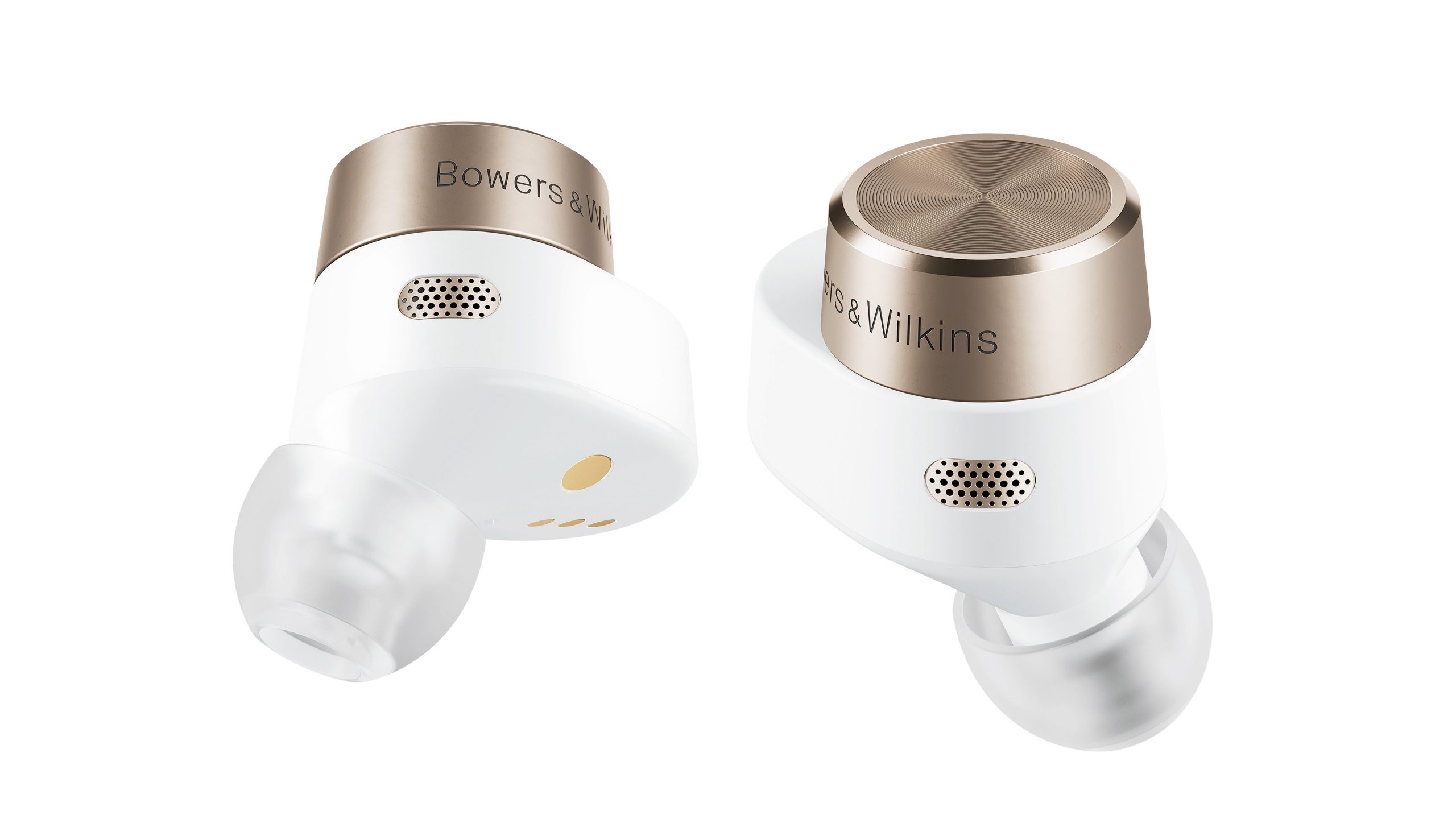
Great drivers
The Bowers & Wilkins PI7 has a large 9.2 mm speaker element for each ear – the same as the little brother PI5. But this is used here only for the bass and midrange range. The treble area has its own element.
The separate tweeter element is of the balanced armature type, which in contrast to a dynamic element does not need air intakes to move, and which therefore moves more precisely because it is not affected by external air pressure variations. Balanced luminaire also has less resistance, and is better suited for reproducing the fast treble frequencies.
Good fit
In my ears, the earplugs fit very well, with ear pads of medium size. It also comes with both smaller and larger in the box, three sizes in total. The houses are of medium size. Not the smallest I have tested, but also far from the largest.
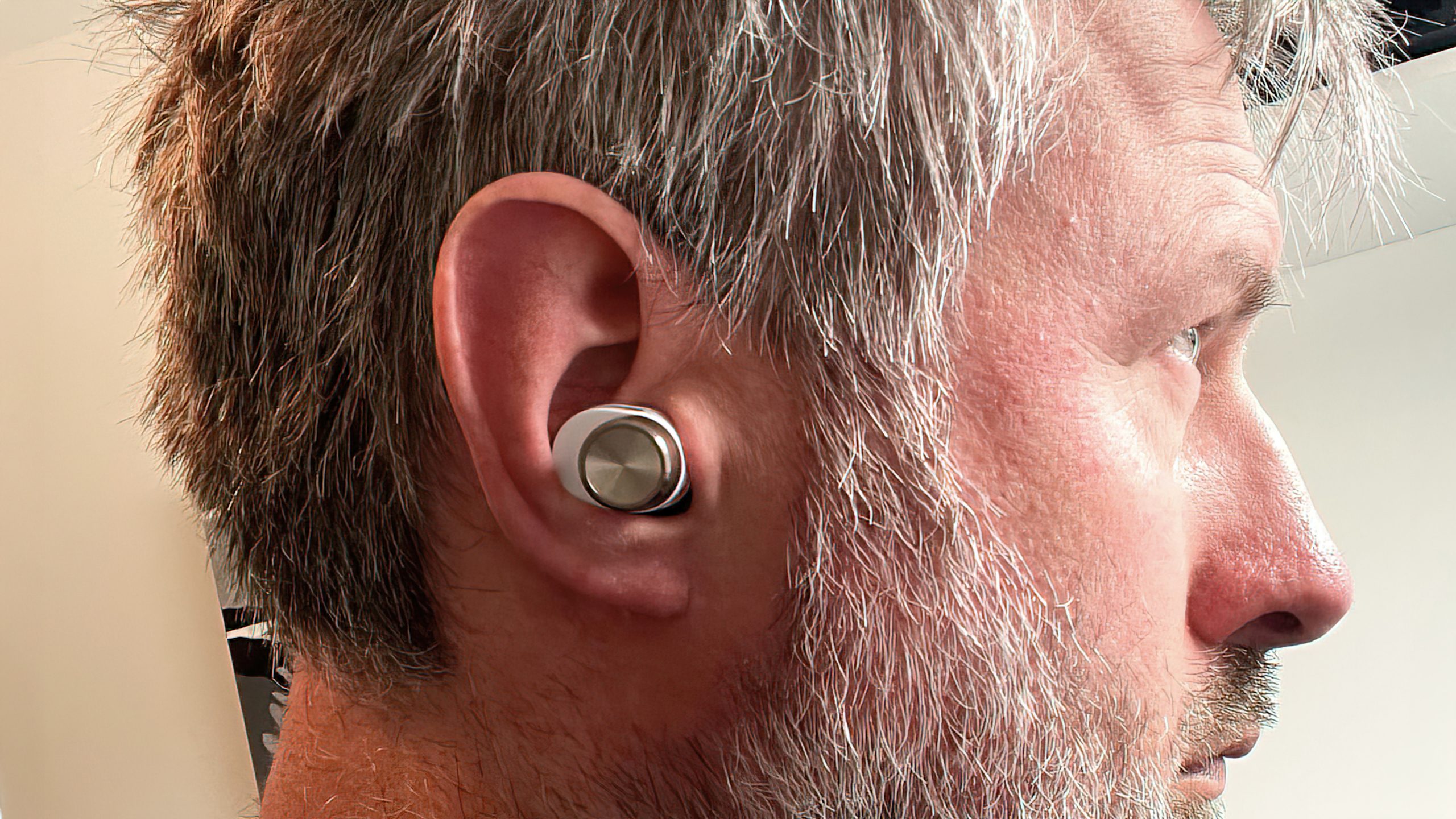
Six microphones
The Bowers & Wilkins PI7 has six microphones built-in. Four of them are used for noise cancellation, while two are used to capture the voice of mobile calls. These have a kind of “beaming characteristic”, which ensures that the sound from the voice sounds almost as if you have a microphone in front of your mouth, instead of sitting by your ears. And it works, because the call quality here is in the upper tier for earplugs.
Ambience mode
In addition to a complete active noise cancellation (ANC), B&W PI7 also has ambience passthrough. B&W has done something special, in that it is possible to activate both modes at the same time. I can not remember having experienced it before, and it is actually quite practical.
Active noise cancellation really only removes bass tones from the outside, the upper frequencies are already attenuated by the sealed earplugs. Ambient mode, on the other hand, lets through – and amplifies – the upper frequencies. By having the noise cancellation on in addition, you effectively block out unwanted bass sounds, while you can still hear when people are talking, or when the doorbell rings.
Good audio codecs
PI7 has got proper sound codecs to ensure the best possible sound. In addition to the AAC codec that the iPhone uses, the earbuds have aptX Adaptive. This has variable data flow, depending on what the content requires. This way it can get a quality close to aptX HD when required, or it can choose to approach aptX LL (low latency) when playing or watching movies. The codec supports 24-bit/48 kHz audio, but like regular aptX, the data is compressed with audio loss.
Which means that in practice you get something close to CD quality and not the completely high-resolution variety. The codec is to some extent comparable to the Sony LDAC, which also aims to provide a sound experience close to lossless.
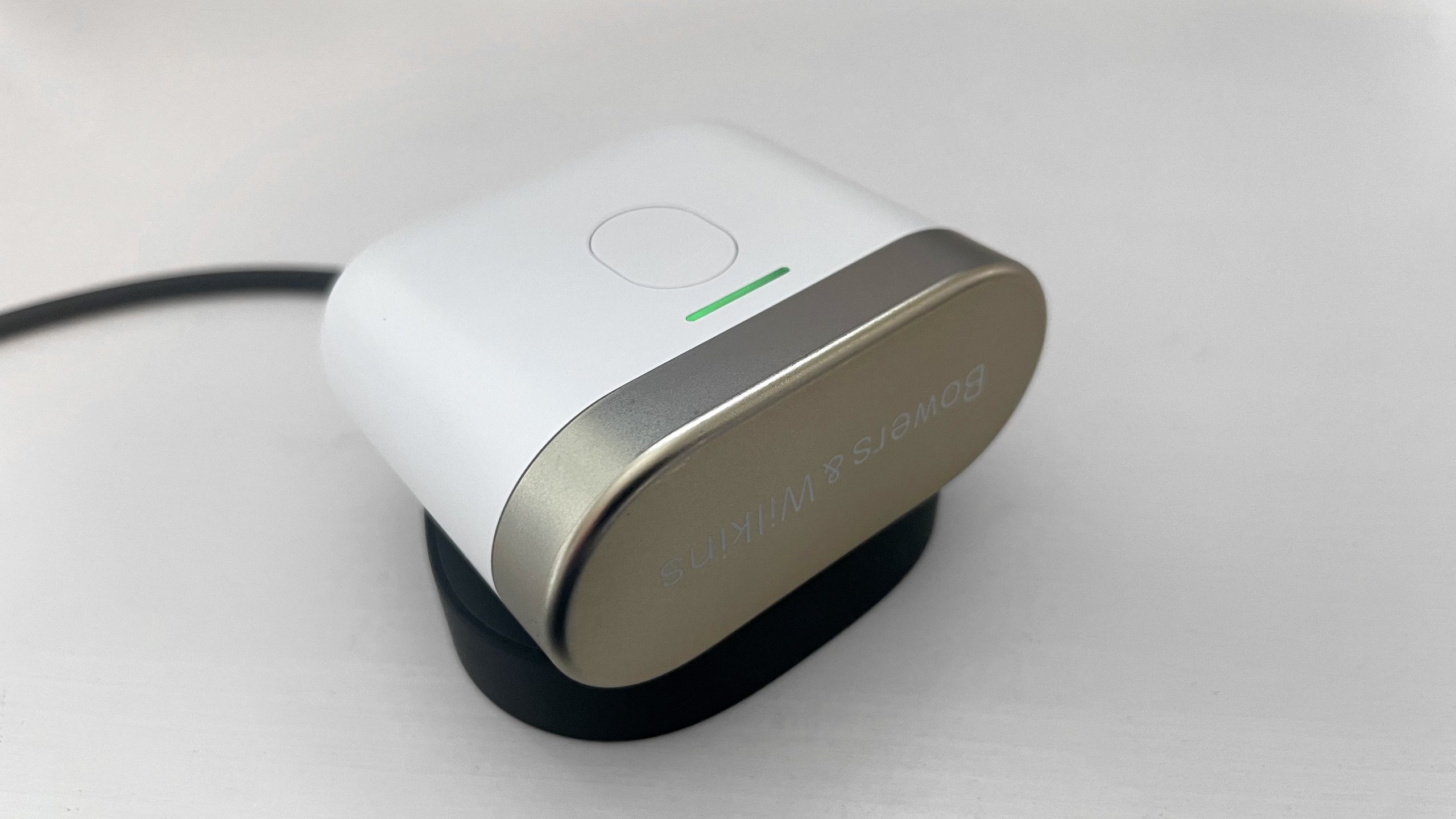
Super smart charging case
B&W PI7 can charge wirelessly, if you have a Qi type charging plate. In addition, the case has a super smart feature that I have not seen before. Namely that you can plug in an analog audio cable to the charging case, which then converts the signal to digital and sends it wirelessly to the earplugs. This means that you can use your own wireless earbuds to watch movies or listen to the radio through the infotainment system on board an aircraft. For example. A stroke of genius!
Mediocre battery life
With PI7, Bowers & Wilkins has focused on the best possible sound. This means, among other things, a deep and stable bass, and enough dynamics and headroom to play the music loudly without losing control. To drive twice the number of speaker elements also requires more amplifier power, which in turn sucks more battery.
All this means that the B&W PI7 cannot boast of all kinds of battery life. 4 hours is what you get out of the plugs, with noise cancellation activated. On the other hand, the case has battery capacity for four extra charges, which gives 20 hours when you put it all together.
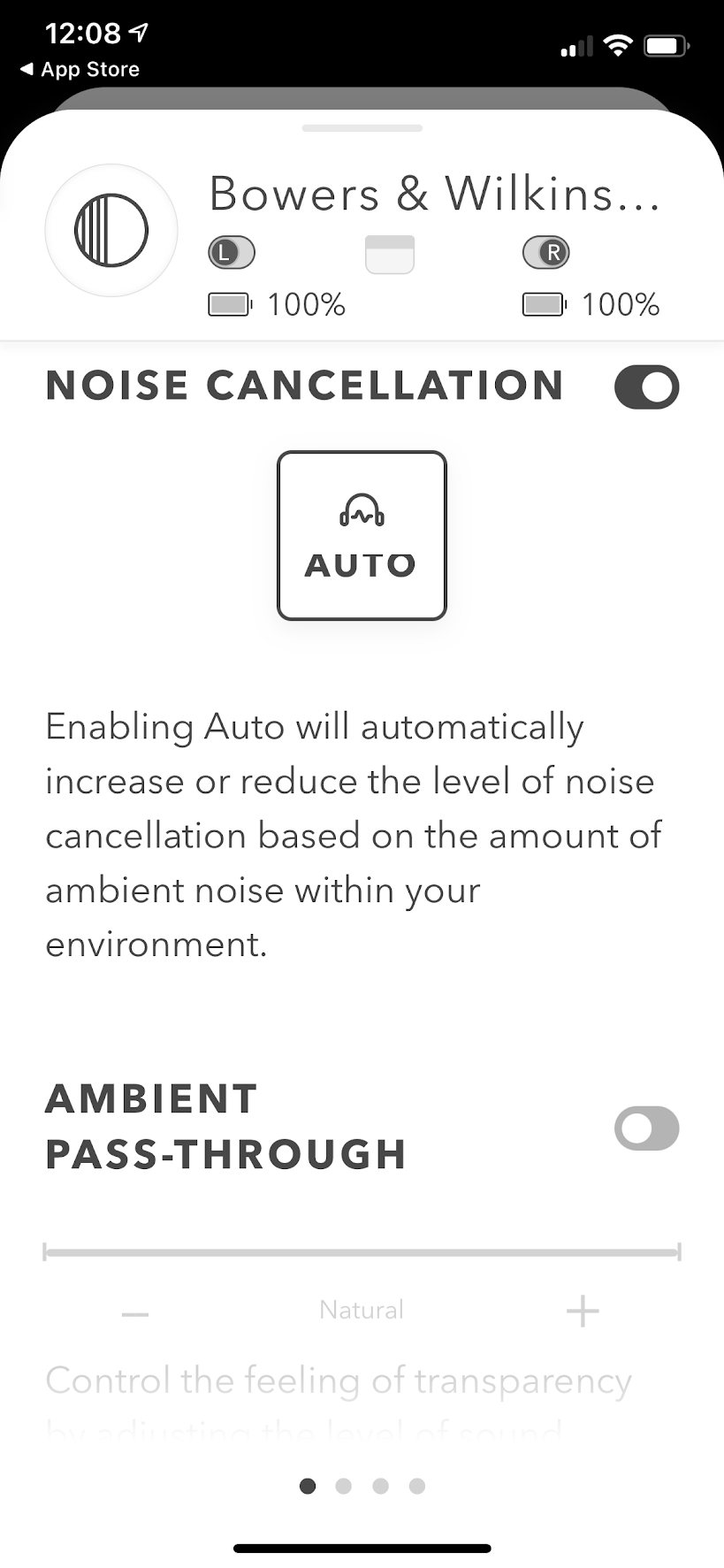
Ease of use
In the app you can activate noise cancellation, and also put it in auto mode which will provide “correct” attenuation depending on how much noise it measures from the outside. Personally, I prefer to either set the ANC to maxium when I use it, or turn it off completely.
In ambience mode, there is a lot of buzz and hiss, but that’s the case with all the earplugs I’ve tried with this feature. Therefore, deactivate this when you are going to do any serious music listening.
The first time you use the app, you will also see where to press and how many times, to call the phone’s voice assistant (press and hold the right earplug), activate or deactivate noise cancellation (press and hold the left earplug), or answer or reject incoming calls ( tap one of the earplugs once to answer, twice to reject). You can also control the music here.
In the app, you can also choose whether the earplugs go to sleep when you take them off, to save battery.
No EQ
What is missing in the app, however, is tone setting or EQ. Bowers & Wilkins obviously believe that the sound they have turned on is the one you should have. I would still prefer to be able to make my own adjustments. So here it is room for improvement.
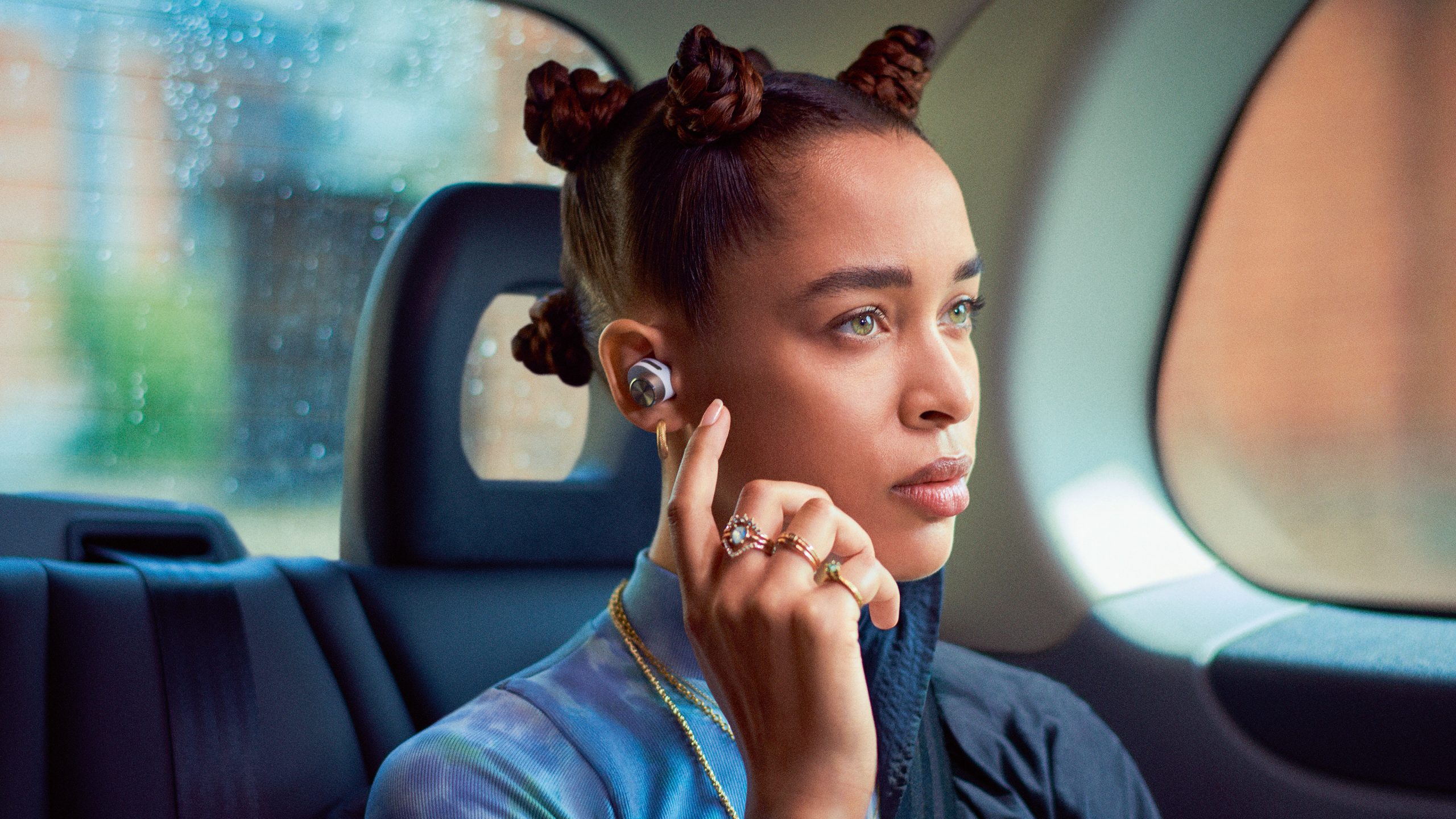
Bowers & Wilkins PI7 has great sound!
That said, the sound from these earplugs is so good that it’s tempting to say that the B&W PI7 is in a league of its own.
Even from the iPhone, which “only” supports the AAC codec, the sound is as dynamic as I can remember hearing from a pair of wireless earbuds.
Take, for example, Ina Wroldsen’s Matters. The voice is clear and well-articulated, at the same time the bass tones are deeper than with other earplugs I compare with. Including Sennheiser Momentum True Wireless 2, my favorites so far. The Sennheisers have more energy in harmonics, but that’s because some artificial energy is added up there. Which works well, but the PI7 has a more effortless harmonic reproduction, which has a better connection with the rest of the soundscape. Much better. Nor is Bang & Olufsen E8 close to sounding so effortless and magnificent.
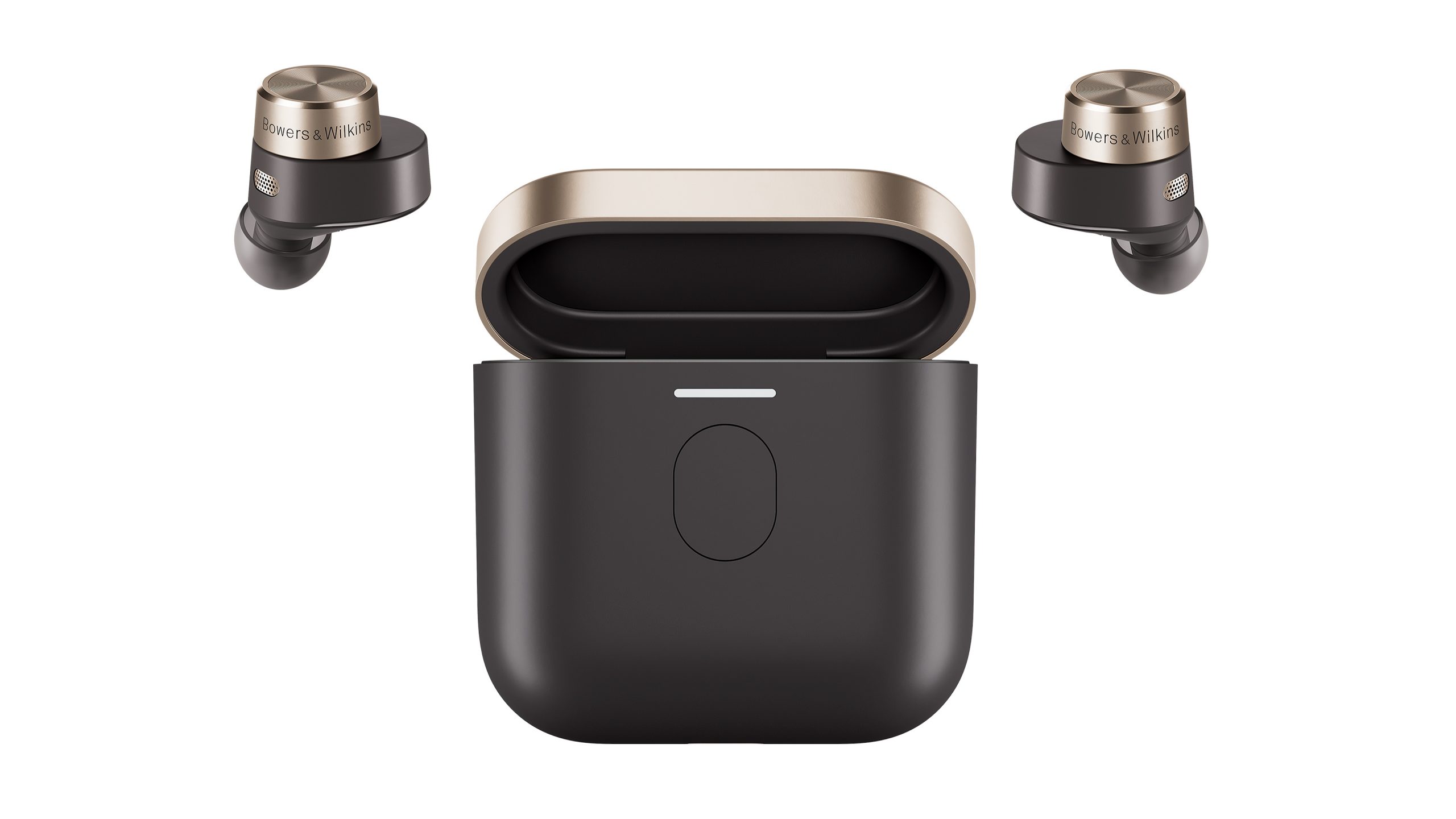
aptX HD
It just gets even better with Android devices and aptX and aptX HD. Then the sound obtains an even greater calmness. Classical music has a natural authority, where the details from the strings emerge without having to be forced forward, and there is a grandeur over the double basses that few other earplugs can. Maybe none.
Even at full sound pressure, the earplugs stay in control, and the bass stays deep and stable. No wonder the earbuds draw more batter than a number of others. My goodness, what a bass! Some may think it is in excess, and there is then also a small “party hump” somewhere down there. I blow it, because this sounds hefty! Personally, I could well wish that the maximum sound pressure was three decibels higher, but slop slop.
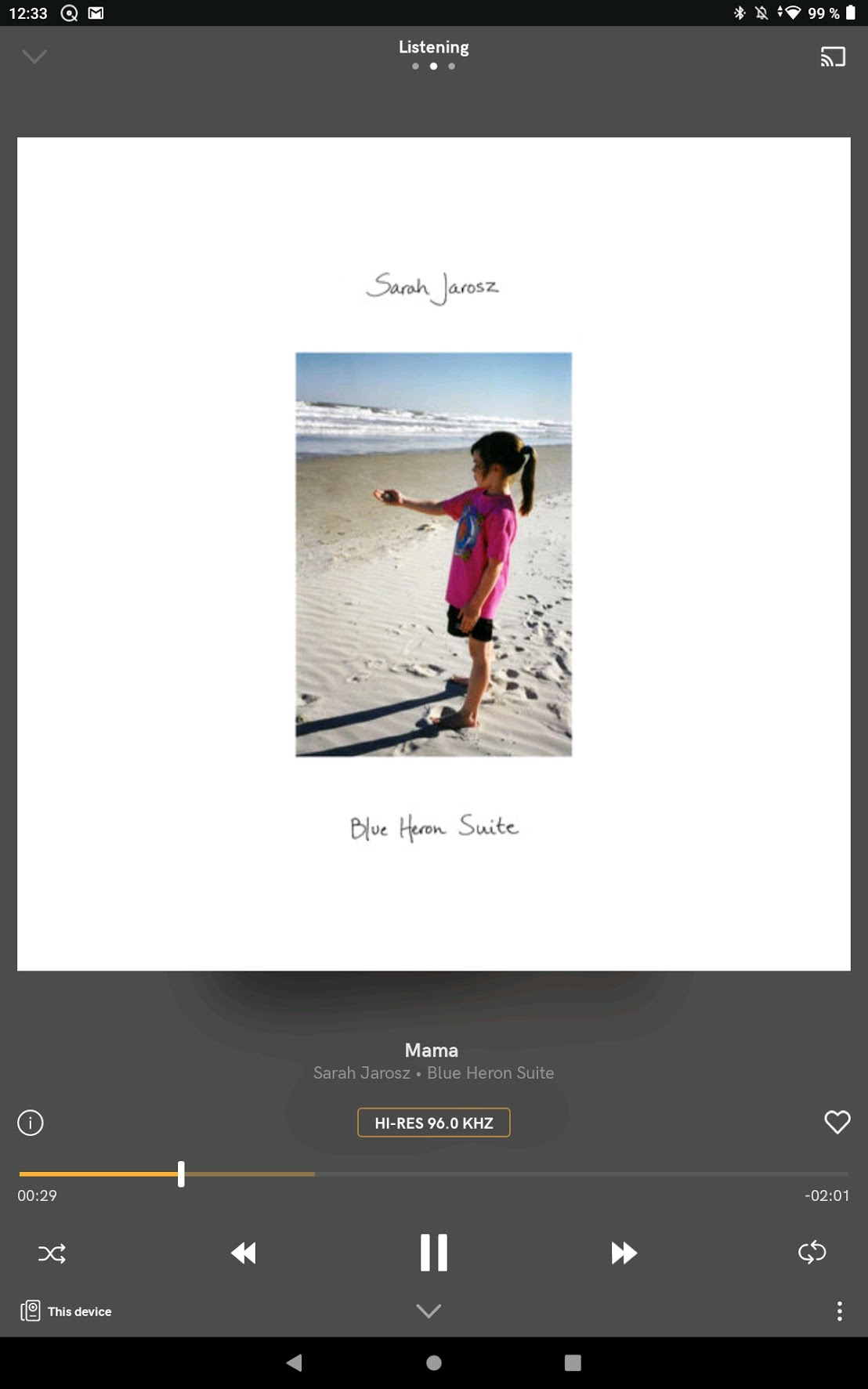
With PI7, I prefer to listen to music with noise cancellation on, and that does not delete everyone else. The sound quality is preserved almost completely, at the same time bass-heavy squeaking sounds are removed when the plugs move in the ear canal, or when walking with heavy steps along the ground.
Who can beat B&W?
As mentioned, neither Sennheiser nor Bang & Olufsen have earplugs of the true wireless type (TWS) that can catch up with PI7. On the other hand, as we have still not had the Devialet Gemini in for a review, we have expectations for them. It will also be exciting to hear how the HiFiMAN TWS800 performs against B&W. But so far it is B&W PI7 that is “the one to beat”.
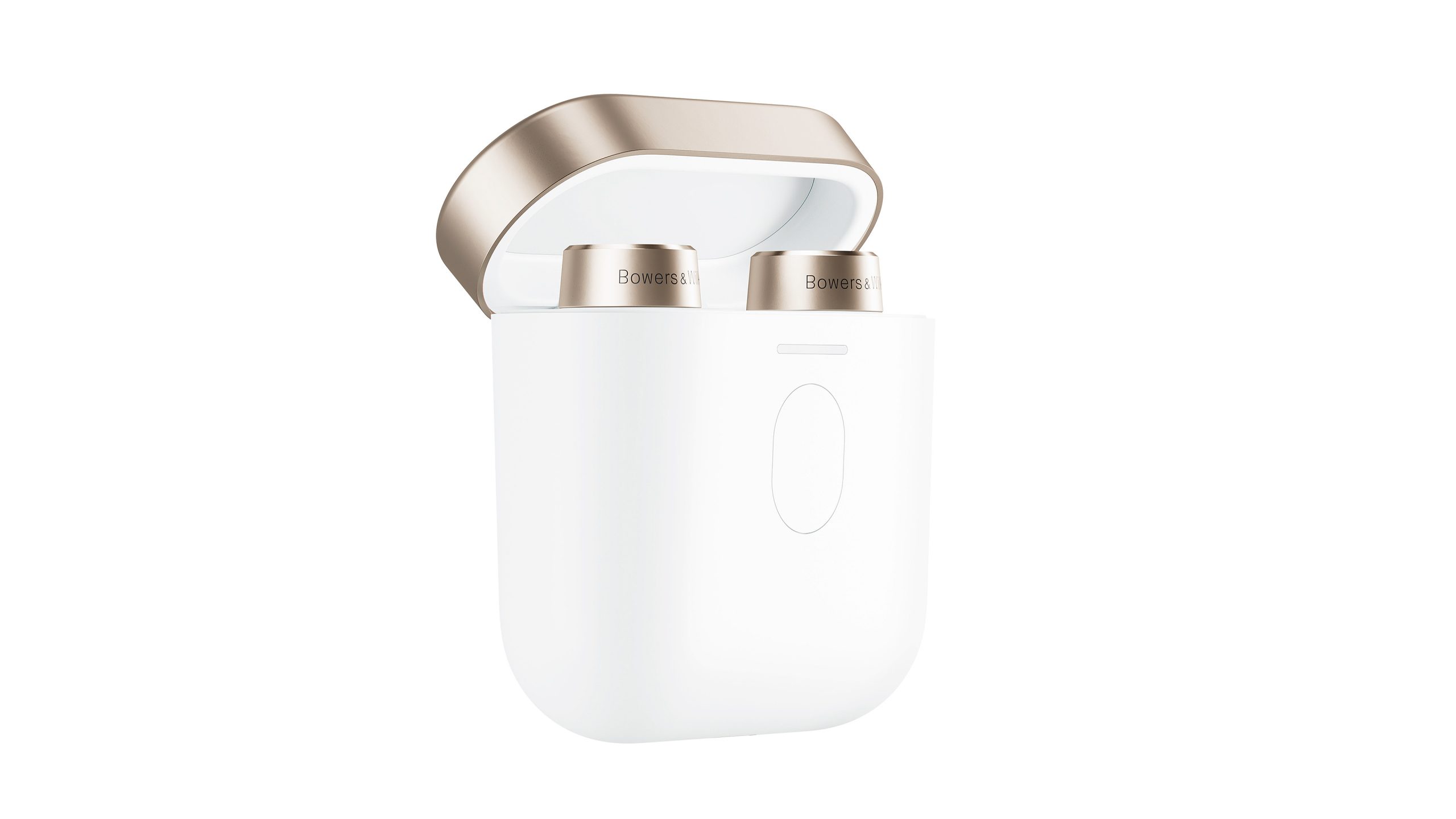
Conclusion
The Bowers & Wilkins PI7 are a pair of fantastic, wireless earbuds. They have a proper bass foundation, and reproduce the music with a dynamic I can not remember ever hearing from any completely wireless earplugs. The sound is warm and nuanced, instruments and voices emerge as the most natural thing in the world, and there is full control all the way to maximum sound pressure. This is the closest I’ve heard small, wireless earplugs come to big headphones.
A couple of clever solutions put the finishing touches. For example, you can use amient awareness and noise cancellation at the same time. But the most ingenious is the ability to connect an analog cable to the charging case, so you can, for example, use the earplugs with the infotainment system on planes.
The only thing missing is the EQ function in the app, for example if you want to polish the bass hump a bit. And the battery life could well have been even better. But not if it is to be at the expense of amplifier power and control!

We think
Perhaps the best we have heard from completely wireless earplugs! Very good call quality, and proper premium workmanship. Supports analog audio connection! No EQ settings in the app. Medium battery life.
292 €
Specifications
- Type: true wireless earplugs
- Bluetooth: 5.0
- Waterproof: IP54
- Codecs: aptX Adaptive (LL, HD), AAC, SBC
- Battery: 4 h + 16 h from case (w ANC)
- Weight: 8+8 g + 50 g case
- Charging cable: USB C
- Web: bowerswilkins.com

